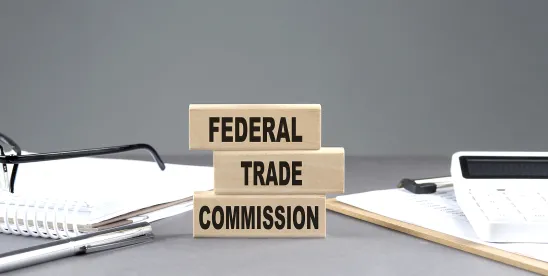This is the final installment of our three-part series discussing employers’ most frequently asked questions in response to the Federal Trade Commission’s (FTC) Final Noncompete Rule (the “Noncompete Rule”).
As reported in Part 2, there are continued attempts at both the federal and state level to ban or restrict the use of noncompetes. As a result of this ongoing attack on noncompetes, employers have asked a third – and most important – question: “In light of the Noncompete Rule and push by many states to restrict the use of noncompetes, what should we be doing now to best protect our business interests?”
The answer to this often-asked question is to ensure that the company’s trade secret and confidential information is protected to the fullest extent possible through the use of a Trade Secret Assessment, or as we have referred to it: a “Trade Secret Tune-Up."
One of the primary reasons employers enter into noncompetes with their employees is to protect their intellectual property, trade secrets, and confidential information so that it does not get into the hands of a competitor or other third party. The uncertainty surrounding noncompetes has highlighted – now more than ever – the importance for employers to take steps (beyond noncompetes) to protect their confidential information and trade secrets.
So, What Is a Trade Secret Tune Up?
It is a holistic approach aimed at identifying the company’s most valuable assets followed by assessing and improving upon the methods employed to protect those assets. The ultimate goal is to ensure that the company’s crown jewels are best protected, and in the event of a misappropriation of that valuable information, the company is well-positioned to detect that misappropriation and swiftly respond to it through legal action. A Trade Secret Tune Up involves a four-step approach.
The first step is to evaluate the company’s trade secrets and other confidential information, as well as the documentation aimed at protecting those valuable assets. This includes: (i) cataloguing the company’s trade secrets; (ii) reviewing and bolstering confidentiality agreements with employees and non-disclosure agreements with vendors; and (iii) updating policies and procedures aimed at protecting the information.
The second step is the discussion of the implementation of the procedures with key stakeholders, including Human Resources, Information Technology/Information Security, the Legal team, and the appropriate business leaders.
The third step is to examine the company’s detection and response. This includes evaluating the company’s security measures, training, and exit interviews, as well as other processes that would best enable the company to swiftly respond in the event it discovers a misappropriation of its confidential information.
The final step is to discuss methods aimed at improving the company’s blind spots so that they are in the best position to protect their confidential information. In the event of a theft of confidential information the company will be well-positioned to swiftly respond to take appropriate action.
Gianna Dano contributed to this article




 />i
/>i
